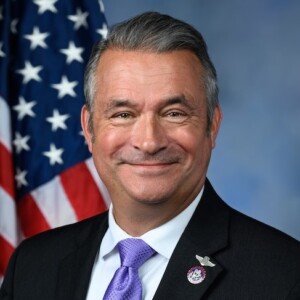Monarch Collaborative Welcomes Federal Effort to Provide Farmers Predictability for Monarch Butterfly Conservation Measures
Recent Agreement Supports Agricultural Efforts to Improve Monarch Butterfly Habitat
KEYSTONE, CO, February 3, 2017 — The Monarch Collaborative, a group of organizations working to support monarch butterfly conservation on the agricultural landscape, welcomed the U.S. Fish and Wildlife Service agreement with the Natural Resources Conservation Service that provides farmers and agricultural producers with predictability as they implement practices to improve monarch habitat. The federal agencies recently issued a conference report laying the groundwork for the design and implementation of conservation practices and enhancements to support monarch butterfly habitat and population growth.
The included area initially focuses on the following 10 states: Indiana, Illinois, Iowa, Kansas, Minnesota, Missouri, Ohio, Oklahoma, Texas, and Wisconsin.
“Farmers, ranchers, and land owners across the Southern Great Plains and Midwest have key roles to play, in collaboration with private companies, conservation organizations, and government agencies, to help address the challenges the eastern monarch butterfly population faces,” said Eric Sachs, Science, Technology, and Outreach Lead at the Monsanto Company.
“This timely and important step provides farmers and other key agricultural stakeholders with much needed predictability surrounding their operations as they support monarch butterfly conservation and work to produce the food, feed, fiber, and fuel the world needs,” said Wayne Fredericks, American Soybean Association.
The conference report and federal guidance is especially important given the ongoing review of monarch butterflies under the Endangered Species Act. The U.S. Fish and Wildlife Service has until June 2019 to determine whether or not to list the species — which provides farmers and agricultural stakeholders with limited time to implement effective voluntary conservation efforts. The U.S. Fish and Wildlife Service has stated that they hope through implementing conservation measures on agricultural lands and other private and public lands, the monarch butterfly won’t have to be listed.
Under the conference report, the U.S. Fish and Wildlife Service provides, for farmers and ranchers that implement conservation measures under a Natural Resources Conservation Service-approved conservation plan, long-term clarity that they will be in compliance with the Endangered Species Act for their conservation actions should the species be listed. Producers interested in monarch conservation practices should contact their local U.S. Department of Agriculture service center for Natural Resources Conservation Service assistance in enrolling through several Farm Bill programs, including the Environmental Quality Incentives Program, Conservation Stewardship Program, and the Agricultural Conservation Easement Program.
The Monarch Collaborative is a multi-sector initiative to promote collaborative strategies to support a sustainable population of monarch butterflies while meeting agricultural productivity and conservation goals. The Collaborative’s membership includes organizations spanning the research community, agricultural production, conservation causes, public agencies, and others working to develop collaborative solutions to address this challenge.
To learn more about the Monarch Collaborative, visit keystone.org/monarch.
About Keystone Policy Center
Keystone Policy Center brings together crucial teams of stakeholders who have diverse individual perspectives but recognize a common need to address urgent issues with lasting solutions. For more than 40 years, Keystone has helped leaders move beyond fixed positions toward collaborative, action-oriented approaches to problem-solving. In this age of polarized debate on nearly every major topic in public policy, Keystone offers a refreshing yet proven blueprint for progress.









